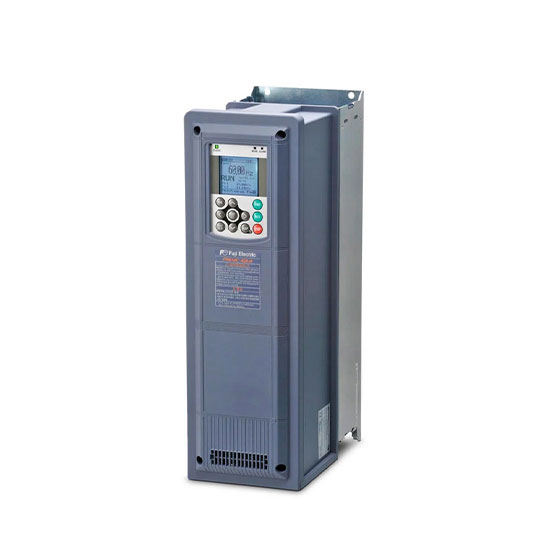Frenic Aqua Fuji Electric Series:
Fuji ac drives in Delhi or The FRENIC AQUA Fuji Electric series is a specialized inverter that aids in the control of pumps and motors.It contributes to pump energy savings by removing ineffective operations and managing the quantity of water necessary for diverse purposes, resulting in considerable electricity conservation and reduction in costs.
The capacity of FRENIC-AQUA ranges between 0.75 to 710 KW. It is possible to control analog inputs in addition to 13 stages of customized logic. It features a maximum overload capacity of 110% and torque vector control and works on LV drives at Fuji Ac Drives In Delhi. As usual, four distinct pump control modes get offered, and up to nine pumps may get operated by a single inverter. When necessary, energy-saving features such as ‘Standby Mode’ are available.
Main Functions of Frenic Aqua Fuji Electric series:
In recent years, the water business industry, which includes water purification facilities and wastewater treatment plants, has expanded. Cost reduction is essential when using a high amount of water, and this is primarily dependent on how effectively water can get administered.
It gets done, of course, by lowering the amount of water consumed; but, the decrease in energy consumption in water transport and delivery also provides considerable cost savings.
The specialized inverter, which regulates pumps and motors, is the key to this. Fuji Ac Drives In Delhi
The FRENIC-AQUA series, a new Fuji product, aids in the energy-saving of pumps by removing ineffective activities and appropriately controlling the volume of water to provide a considerable effect on both power conservation and cost reduction.
Features of Frenic Aqua Fuji Electric series utilized in Water Treatment:
Control by cascade
The cascade control function is responsible for controlling many pumps using a single inverter. The pumps get powered by a hybrid of inverter and commercial drives. This is something that may get used in a large-scale facility for water treatment.
The signals from the flow rate and pressure sensors get regulated by the PID regulator incorporated into the inverter in cascade control. Each pump is either operated by the inverter or commercialized based on the inverter’s switching signal.
When the discharge volume is modest, the pumps are solely controlled by the inverter, and when the discharge volume increases, they get controlled by commercial drive by adding them one at a time to assure the needed discharge volume in total. Control mechanisms include the following:
Fixed inverter drive motor method:
The system is set up by integrating the inverter-driven motor (M0), commercially driven motors (M1 to M8), and an auxiliary motor (MA). The inverter’s motor is always designated as motor M0. When the desired discharge flow rate cannot get attained with the motor M0 alone, commercially powered motors get added one at a time in control. Fuji ac drives in Delhi
Method of floating inverter drive motor:
The system for this technique gets developed by combining the machines that can get swapped between inverter drive and commercial drive (M1 to M4) and auxiliary motors that are commercially driven (MA). At the start, the inverter drives the motors with variable speed control. When the necessary output flow rate cannot get obtained with the first motor, activities FLOATING-1 or FLOATING-2 might get selected.bg

